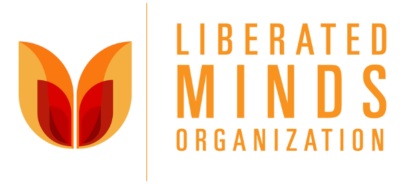The landscape of education is evolving, and there is a growing recognition that a one-size-fits-all approach does not adequately meet the diverse needs of students, particularly those from Black and Latino communities. This article explores the profound impact of a culturally responsive curriculum on the self-development and renewed interest in learning among Black and Latino students, emphasizing the importance of educational inclusivity.
- Cultural Relevance Fosters Connection
A curriculum that reflects the cultural backgrounds of Black and Latino students creates a sense of connection and belonging in the learning environment. When students see themselves represented in the material, it validates their experiences and identity, fostering a positive attitude toward education. This connection is a powerful motivator that can significantly enhance self-esteem and self-development.
- Increased Engagement and Participation
Culturally responsive curriculum actively involves students in the learning process. By incorporating elements of their cultural heritage, educators can capture the interest of Black and Latino students, making the educational experience more engaging and relevant. Increased engagement leads to active participation, sparking a renewed interest in learning and a desire to explore various academic disciplines.
- Cultural Empowerment and Confidence Building
A curriculum that acknowledges and celebrates the contributions of Black and Latino communities contributes to the empowerment and confidence-building of students. When students see the positive impact of their cultural heritage, it instills a sense of pride and confidence, encouraging them to take ownership of their education and pursue their goals with determination.
- Promoting Critical Thinking and Identity Development
Culturally responsive education encourages critical thinking by presenting diverse perspectives and histories. This not only broadens students’ understanding of the world but also supports the development of their own identities. Black and Latino students, when exposed to their rich cultural histories, are better equipped to navigate their personal development within the broader context of society.
- Addressing Educational Disparities
A culturally responsive curriculum is a powerful tool for addressing educational disparities. By tailoring education to the unique experiences and needs of Black and Latino students, schools can bridge gaps in achievement and create a more equitable learning environment. This proactive approach contributes to a renewed interest in education as students perceive it as a platform for their success.
- Preparation for a Diverse World
In an increasingly diverse world, cultural competence is a valuable skill. A curriculum that emphasizes cultural responsiveness prepares Black and Latino students to navigate and contribute to a global society. This not only broadens their perspectives but also enhances their self-development by instilling a sense of adaptability and openness to diverse ideas and cultures.
Conclusion
In conclusion, a culturally responsive curriculum is a transformative force that goes beyond education—it becomes a vehicle for self-development and renewed interest in learning, especially for Black and Latino students. By fostering connection, increasing engagement, empowering students, promoting critical thinking, addressing disparities, and preparing for a diverse world, culturally responsive education becomes a cornerstone in the quest for an inclusive and equitable educational landscape that nurtures the full potential of every student.

